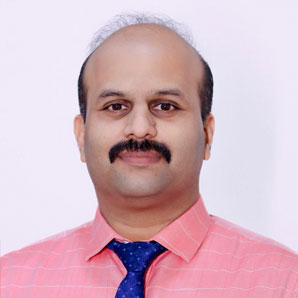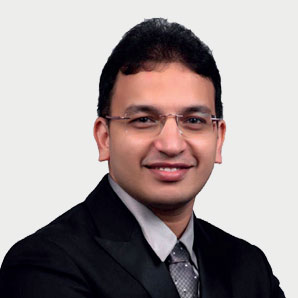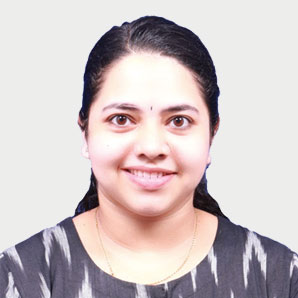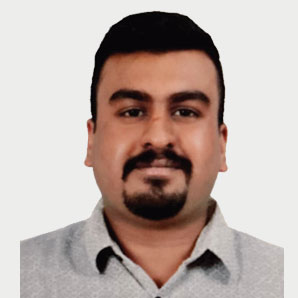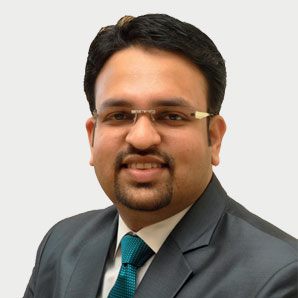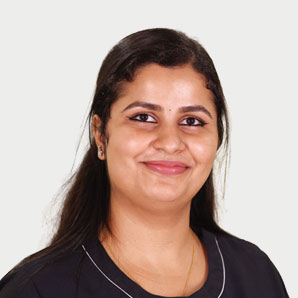Blogs
Unlocking Balance: Miraculous Vertigo Treatment Through the Vestibular System
.jpg)
Unlocking Balance: Miraculous Vertigo Treatment Through the Vestibular System
Vestibular rehabilitation
Improving mobility and balance is the primary goal of vestibular rehabilitation, it can also
have a positive impact on an individual's quality of life
Vestibular adaptation and vestibular replacement are the techniques via which vestibular
deficits heal. The vestibular adaptation method is comparable to the one Cawthorne outlined
for those who have ongoing disequilibrium. Vestibular adaptation refers to modifying the
vestibulospinal reflex (VOR) gain, while vestibular compensation refers to alternate methods
of substituting for decreased vestibular function.
VRT aims to improve vertigo, improve ocular stability, improve postural stability, and improve
daily living activities.Vertigo treatment in Kerala has evolved with innovative approaches like VOR gain modification and personalized rehabilitation programs.For those seeking effective vertigo solutions, the best ENT hospital in Kerala offers advanced vestibular rehabilitation and diagnostic care.
Physical treatment for vestibular hypofunction and canalith repositioning therapy for benign
paroxysmal positional vertigo (BPPV) are the two categories into which the exercises for
vestibular rehabilitation fall.For more Understanding BPPV: Causes, Symptoms, and Treatment Options check out our latest blog.
Patients can access focused care at the dedicated vertigo clinic in Perinthalmanna, known for managing conditions like BPPV with precision
Cooksey-Cawthorne Exercises
The Cawthorne-Cooksey exercises aim to improve overall coordination and movement, teach
the eyes to move independently of the head, relax the muscles in the neck and shoulders, and
Practice head movements that create dizziness in order to aid vestibular compensation.
To make sure you are performing the right activities, you should be evaluated for a
personalized fitness program. To lower your risk of injury, make sure you are performing any
of the activities in a safe area. If you feel like you could fall and there aren't any safety
precautions in place to stop it, don't do any activities.
The following exercises could be part of them :
A. While seated or lying down
1. Head motions
a. Changing direction from side to side; bending both forward and backward
2. Eye motions
a. Pay attention to the finger going from three to one foot away from the face
while it moves up and down and side to side.
b. Seated Head and eye motions as described above Shoulders shrugged and
circled Bending from side to side, get items from the floor. Lean forward and
retrieve items from the floor.
c. In a standing position Movements of the eyes, head, and shoulders, like in 1
and 2.Go from a sitting to a standing posture, opening your eyes first, then
closing them. Toss a ball above your head from hand to hand. Toss a ball
beneath the knee from hand to hand. Shift from a seated to a standing posture,
then pivot
d. Relocating
i. Climb and descend a hill
ii. Climb and descend stairs
iii. Toss and retrieve a ball
iv. Any game that requires you to aim, bend, and stretch (like bowling).At Ascent Hospital Palakkad, patients receive expert care for vertigo and balance disorders through advanced diagnostic and treatment techniques.
Canalith Repositioning (CRPs)
The purpose of canalith repositioning procedures (CRPs) is to treat persons with
benign paroxysmal positional vertigo (BPPV). BPPV can occur when dizziness is
brought on by the passage of otoconia, or calcium carbonate particles, from the utricle
into the semicircular canals of the inner ear. With a few precise head and neck motions,
canalith repositioning techniques assist in moving the crystals back to their proper
location within the ear.
The Epley maneuver and the Semont (Semont-Liberatory) maneuver are the two
primary CRP therapies. It is crucial that these maneuvers are exclusively carried out
by a qualified professional in order to reduce the possibility of back and neck trauma.
The Epley maneuver should be used if the right ear is sick.
• To begin with, take a seat on a bed.
• Rotate your head to the right by 45 degrees.
• Quickly recline with your head turned back. Now place your shoulders on the pillow
and lay your head back. Hold on for 30 seconds.
• Without lifting it, turn your head 90 degrees to the left. At this point, your head
should be angled 45 degrees to the left. Give it another 30 seconds.
• Take a further 90-degree turn to the left with your head and torso to enter the bed.
Give it another 30 seconds.
• Take a left-hand seat upright.
For a left ear ailment, the recommended course of action is to: • Sit on a bed; • Rotate
your head 45 degrees to the left.
• Quickly recline with your head turned back. Now place your shoulders on the pillow
and lay your head back. Hold on for 30 seconds.
• Without lifting it, turn your head 90 degrees to the right. At this point, your head
should be angled 45 degrees to the right. Give it another 30 seconds.
• Take a further 90-degree turn to the right with your head and torso to enter the bed.
Give it another 30 seconds.
• Take a right-side seat.
The Brandt-Daroff exercise
Engaging in Brandt-Daroff exercises is a superior way to control BPPV that do not
react to CRPs. Exercises for Brandt-Daroff can be done at home even without a
professional's supervision.
▪ While perched on a bed's edge, tilt your head 45 degrees to one side.
▪ Immediately lie down on the other side, so that the back of your head meets
the bed (to the left if you turned your head to the right, and vice versa).
▪ Remain in this posture for approximately 30 seconds, or until the
lightheadedness subsides.
▪ Go back to your seated position.
▪ On the opposite side, repeat steps 1-4.
Once you have done six repetitions on each side, you should repeat these instructions three more times
If advised otherwise by your physiotherapist or expert, you should perform the exercises two to three times a day for a period of two weeks.You will have vertigo when performing these exercises, but it is crucial to do them in order to experience any benefits.
If you're looking for comprehensive dizziness and balance care, the best ENT clinic in Kerala provides specialized treatment plans tailored to individual vestibular disorders.Cutting-edge vertigo solutions now combine clinical expertise with technology, available across top ENT centers in Kerala.At the leading vertigo clinic in Kerala, patients benefit from evidence-based therapies and long-term support for chronic balance issues.
Ascent ENT Hospital in India offers state-of-the-art facilities and expert care for ear, nose, and throat conditions, ensuring patients receive comprehensive treatment and personalized attention
Share
Share on WhatsAppOur Professionals
Our Patient Stories
View All Testimonials


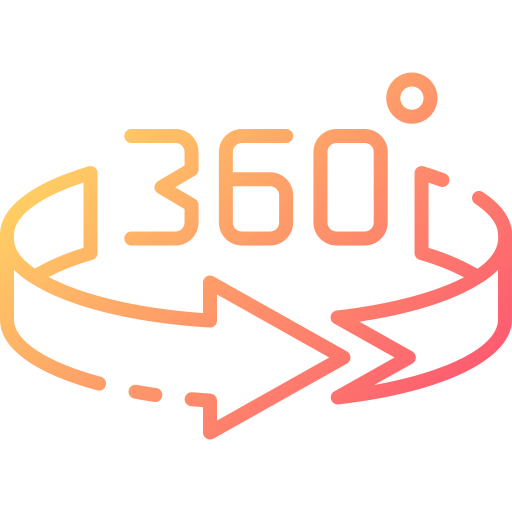




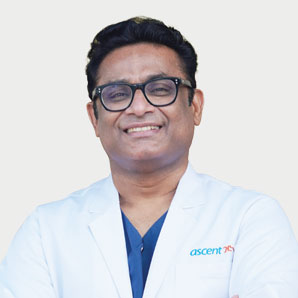
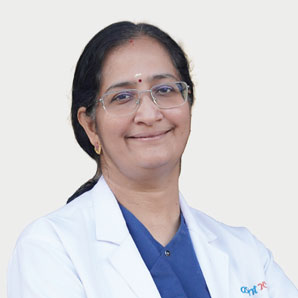
.jpeg)
